A Night at the Manta Ray Ballet

Olga Khoroshunova
Moonlight shimmered on the Pacific Ocean as I prepared to jump from a boat into the midnight-blue sea. As soon as I entered the water, I saw a giant black and white manta ray flutter beneath my legs. Seconds later, I watched more than a dozen of the enormous alien-like creatures dance like moths in the light ahead. The spectacular sight sent shivers down my spine.
I was on the Manta Ray Night Dive off the Kona coast, which some quality sources claim is a must-do when visiting Hawaii’s Big Island. Scuba Diving Magazine ranks it the No. 1 night dive in the world, and it’s on the PADI (Professional Association of Diving Instructors) list of 100 Things to Do Before You Die.
Snorkelers and scuba divers plunge into the ocean at night to see graceful, gentle manta rays glide out of darkness into light and turn cartwheels as they feed. Tour companies have dubbed this visually striking display “the manta ray ballet.” Manta rays are harmless relatives of the shark, lacking the barbed tail stinger of stingrays. Their wingspans can reach up to 25 feet, and they can weigh as much as 5,000 pounds.
The Manta Pacific Research Foundation has identified 174 manta rays inhabiting the waters off the Kona coast, which are perfect for underwater adventures because the water is warm and clear and there are protected coral reefs with abundant tropical marine life.
In mid February, I joined 16 scuba divers and snorkelers aboard the 46-foot-long Kea Nui, the biggest boat in Jack’s Diving Locker’s fleet of diving vessels. We saw dolphins and whales swimming in the ocean during the 10- to 15-minute ride out to the cove where we would be diving. We spotted the tails and bodies of 2 humpback whales and the dorsal fins of a playful pod of spinner dolphins.
At the cove, the plan was to dive once during daylight and again after dark. Visibility was excellent in the calm, clear 75-degree water as we swam close to the water’s surface. We spotted 3 manta rays -- one swimming alone, and a pair gliding together -- before returning to the boat for lunch.
We watched the sun set and prepared for the second dive after dark by the light of the nearly full moon. The thought of getting in the ocean at night was eerie enough, but our guides had strategically placed large waterproof spotlights at various locations on the seafloor. The water was brightly illuminated and surprisingly inviting. I plunged into the water fins first holding an underwater flashlight.
I stayed with a group of snorkelers as we hung on to a circular flotation device that helped keep us together. Bright light attracts manta rays because they feed on plankton that drifts in the water, and the light directs them to their food. The manta rays spin repeatedly as they scoop the food into their mouths.
During the hour we spent in the water, several of the mantas swam so close to my body that we almost brushed bellies. One of our guides said the average number of rays spotted on a typical night dive is 2. We saw about 20 of them that night. Sea creatures are typically more active during a full moon cycle, so that was working in our favor.
Back on land, we watched the video recording of the dive on television. We hadn’t been out of the water an hour, but the otherworldly experience already felt like a dream.
The Manta Ray Night Dive with Jack’s Diving Locker costs $145 for scuba divers (not including rental gear) and $90 for snorkelers (rental gear included). Trips meet in town at 2:45 or 3:15 p.m. and return between 9 and 10 p.m. For more information, visit Jack's Diving Locker.
Big Island Manta Ray Tours
Big Island Divers
Kona Honu Divers
Pacific Rim Divers
Sandwich Isle
Manta Ray Dives of Hawaii
Fair Wind
Kamanu Charters
Sea Paradise
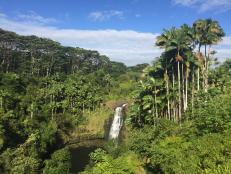




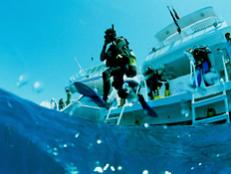
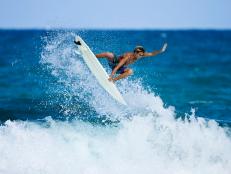
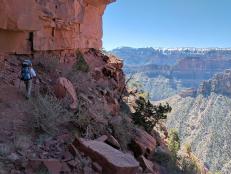
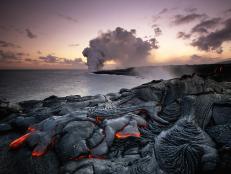


















.jpg.rend.hgtvcom.231.174.suffix/1674758726773.jpeg)










